If your shower has turned icy overnight, the first thing to check is the water heater. Most of the time a simple reset will bring the heat back without calling a plumber. The reset button is built into the unit for exactly this reason – to clear a safety lock that trips when the system overheats or senses a fault.
Water heaters have safety sensors that shut the heater off if the water gets too hot, if there’s a power surge, or if a component fails. When the sensor trips, the heater stops heating and you get cold water. A reset clears the sensor and tells the unit to start up again. Common triggers include a sudden power cut, a loose heating element, or sediment buildup causing the thermostat to overheat.
Most modern electric water heaters have a red or black “reset” button on the thermostat, usually located behind a small access panel on the side of the tank. Gas heaters use a similar button on the control board, though you may also need to turn the gas valve off briefly.
1. Turn off the power. For electric units, flip the breaker in your fuse box to the “off" position. If you have a gas model, set the thermostat dial to the “off" setting and shut off the gas supply valve.
2. Locate the reset button. Remove the small metal panel on the side of the tank. Inside you’ll see a round button that’s either red or black. It may be slightly recessed, so you’ll need a flathead screwdriver to press it.
3. Press and hold. Push the button firmly for about 5 seconds. You should feel a click – that’s the safety latch releasing.
4. Restore power. Flip the breaker back on for electric heaters or turn the gas valve and thermostat back to the desired temperature for gas units.
5. Test the water. Wait a few minutes for the heater to fire up, then run hot water from the nearest tap. If the water is warm again, the reset worked.
If the water stays cold, repeat the reset once more. If it still won’t heat, the problem might be a broken heating element, a tripped high‑limit switch, or a more serious issue that needs a professional.
While you’re at it, it’s a good idea to flush the tank. Sediment builds up over time and can cause the thermostat to overheat, leading to repeated resets. Turn off the power, attach a garden hose to the drain valve, and let the water run until it’s clear. This simple maintenance step can keep your heater from tripping again.
Remember, safety first. If you smell gas, hear a hissing sound, or notice any strange noises, stop the reset process and call a qualified technician. A water heater is not the place to take chances.
By following these steps you can usually solve the cold shower problem in under ten minutes. A quick reset saves you time, money, and the hassle of a service call. Keep a screwdriver and a flashlight handy – you’ll thank yourself the next time the heater trips.
Got the reset button in a hard‑to‑reach spot? A small step ladder or a sturdy stool will make the job easier. And if you live in Bognor Regis, our experts are just a call away for any repair that needs more than a reset.
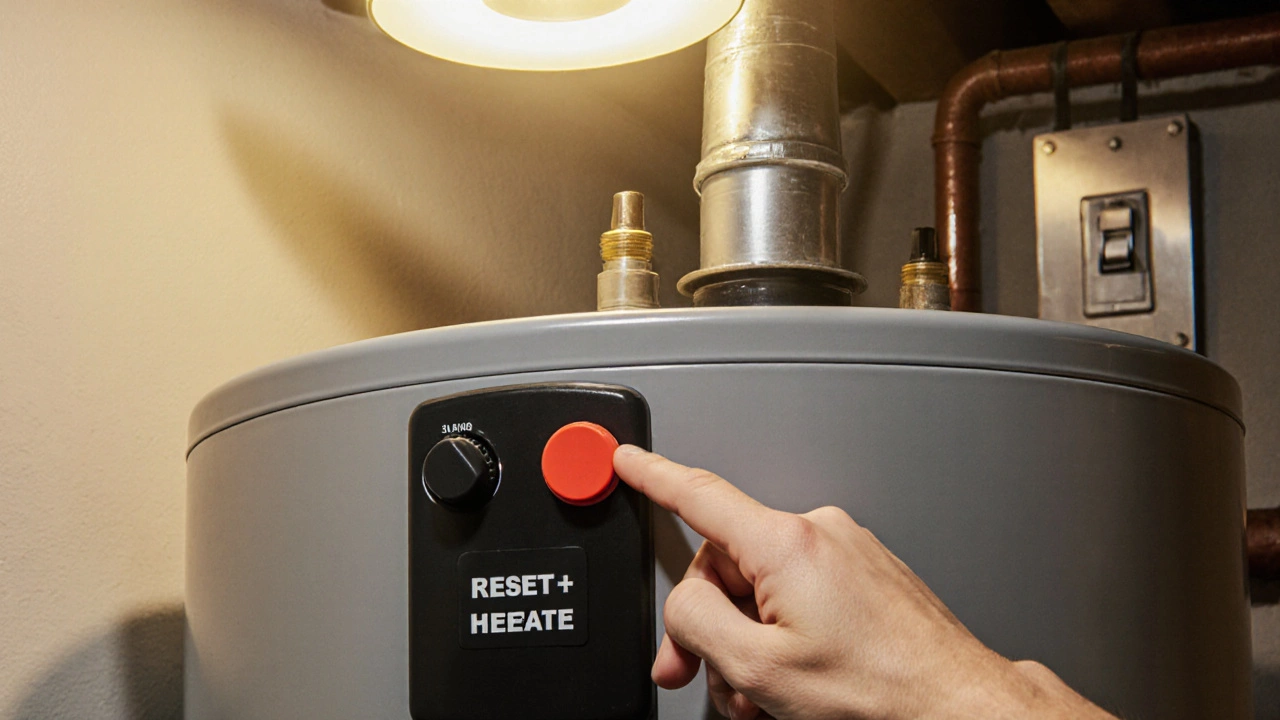
Learn how to safely reset both electric and gas hot water heaters, troubleshoot common issues, and know when to call a professional.
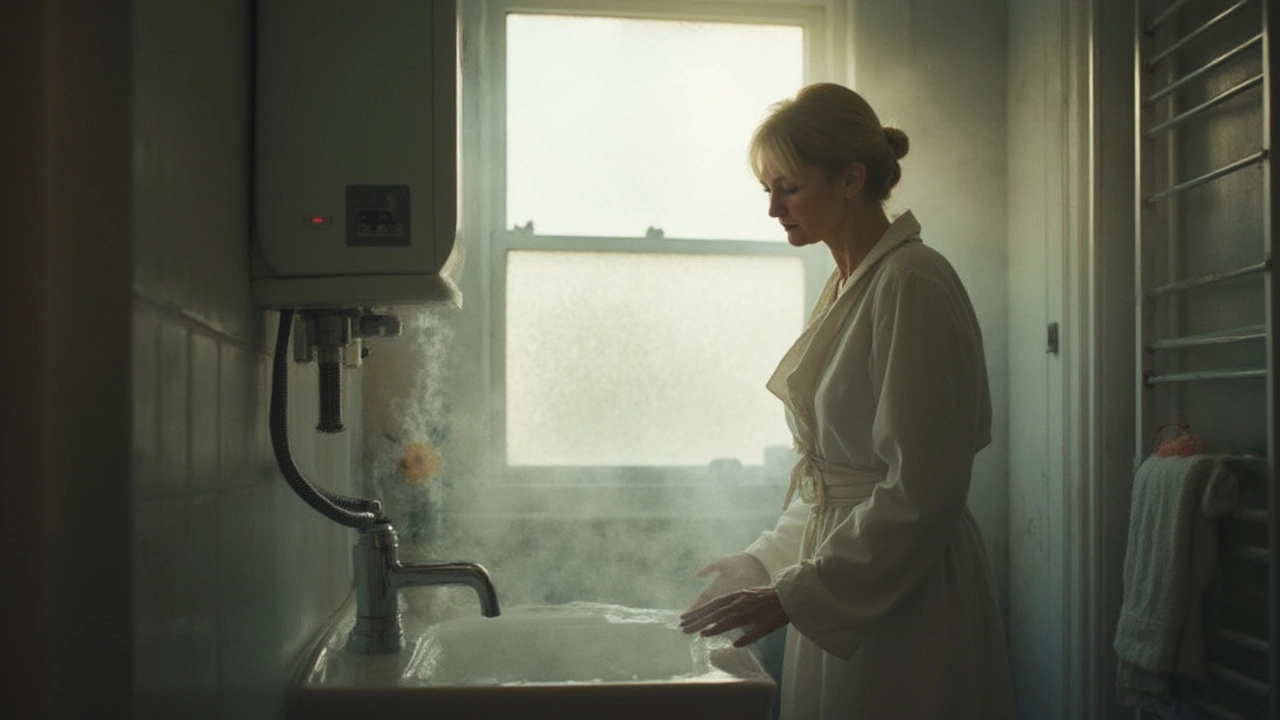
Wondering why your water heater keeps needing a reset before you get hot water? Learn the real reasons, what you can safely check, and when it’s time to call for help.
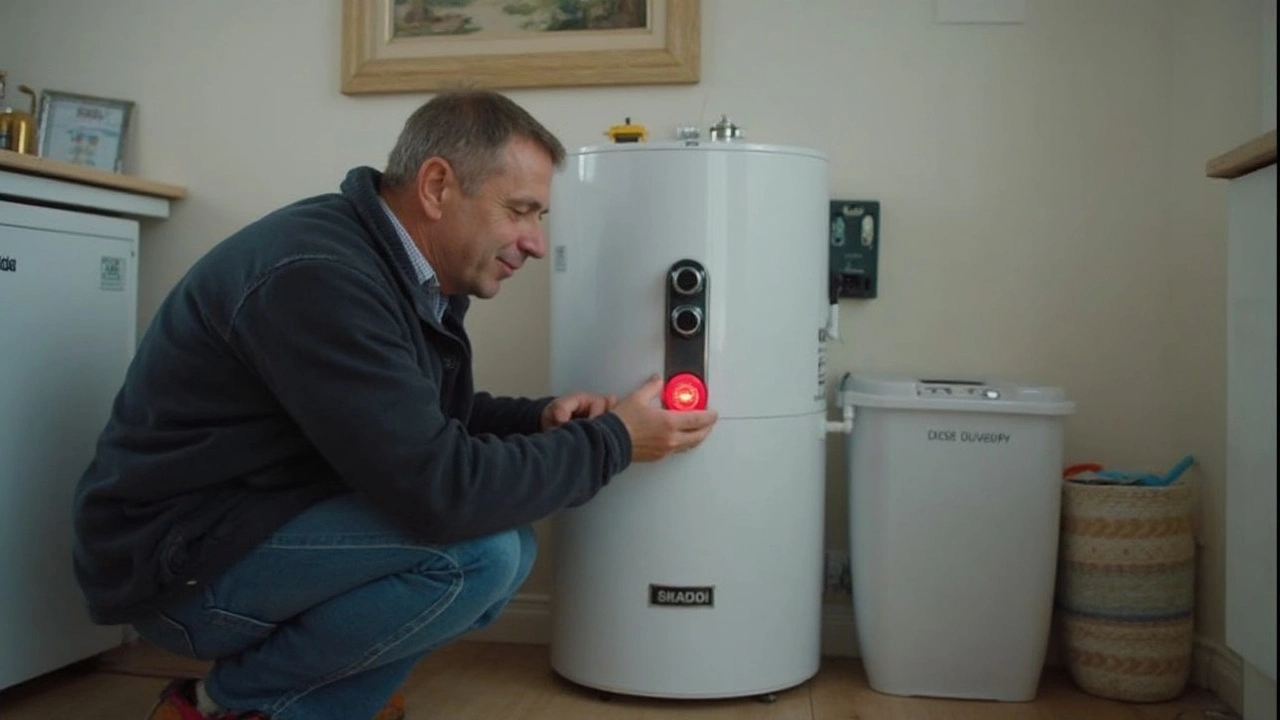
Ever wondered why you end up pushing that red reset button on your water heater over and over? This article digs into exactly what the reset button does, why it keeps tripping, and what can go wrong if you keep hitting it. Get clear answers about hidden water heater issues and learn simple steps to protect your system—and your wallet. We’ll walk you through warning signs, smart troubleshooting tips, and when it’s time to call a pro. No tech jargon, just straight talk for anyone tired of cold showers.

Why would a freezer suddenly stop working? This article uncovers the most common reasons, from electrical hiccups to sneaky broken parts. Get clear tips to troubleshoot on your own before calling in the pros. You'll also find surprising facts—like a forgotten coin trick to check freezing power. Whether it's food loss or a mystery beep, you'll get straight answers and a path to a cold fix.
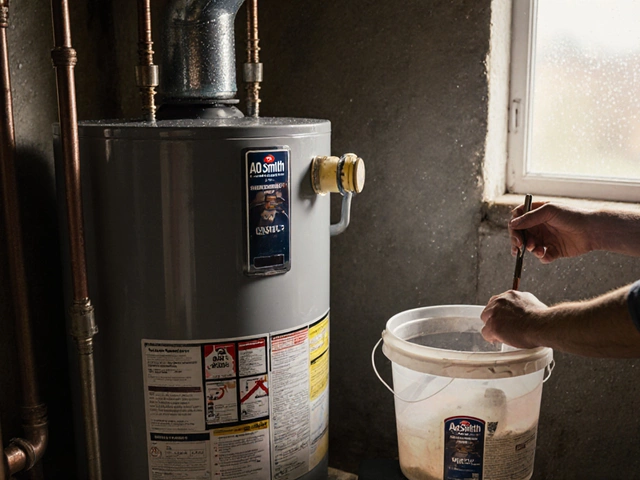
AO Smith, Bradford White, and Rheem are the most durable water heater brands, often lasting 12-15 years with proper maintenance. Learn what really affects lifespan and how to make your heater last longer.

A practical guide for diagnosing common refrigerator problems, spotting signs of faults, and fixing them at home with tips and real-world facts.
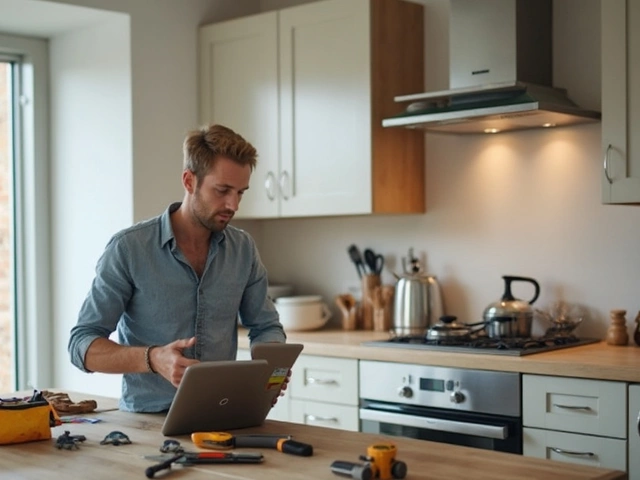
Thinking about swapping out your extractor fan? This article breaks down when you really need a licensed electrician and when you might handle it yourself. Learn what risks and rules are involved, plus some practical tips for a painless install. Get clear answers on costs, permits, and what can go wrong if you take shortcuts. If you want fast, safe, and lasting results, this guide walks you through everything step-by-step.
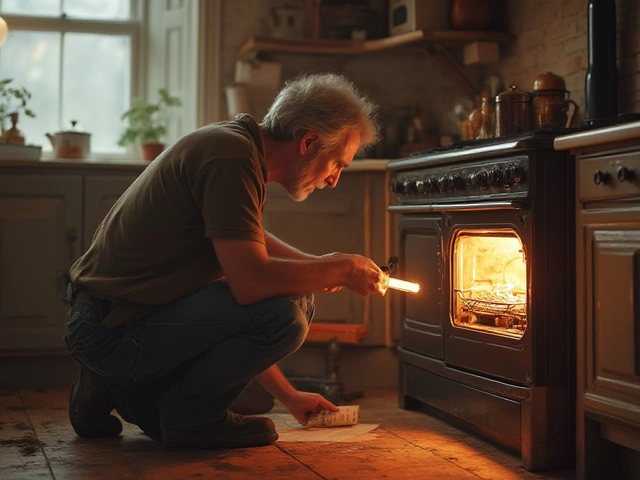
Got a cold oven? Learn if you can swap that faulty heating element yourself, what tools you'll need, and exactly what to watch out for. Easy fixes, with real-life tips.